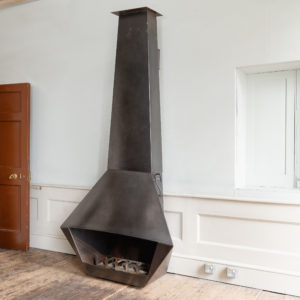23 items found
Page 1 of 1
-
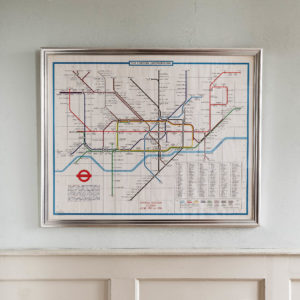
1973 London Underground by Paul E. Garbutt
£1,8001973 London Underground by Paul E. Garbutt
An original 1973 London Underground map, in 'Quad Royal' size, showing the construction of the Picadilly line extension from Hounslow West to Heathrow Central. Designed by Paul Garbutt and based on the original diagrammatic principles of HC Beck. Printed by Waterlow & Sons for London Transport.£1,800 -
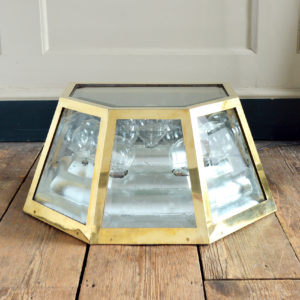
Pair of 1970s polished bronze and silver leaf uplighters,
£1,200 the pair -
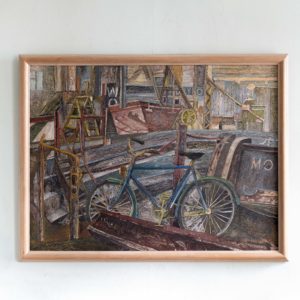
Blue Bicycle by Gary Sargeant
£750Blue Bicycle by Gary Sargeant
Framed oil on panel painting of a blue bicycle in the foreground of a derelict industrial scene by the acclaimed and widely exhibited blind painter, Gary Sergeant.£750 -
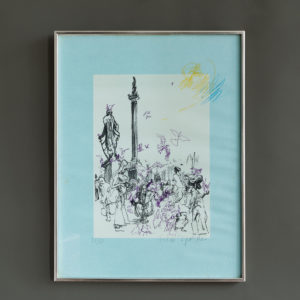
Feliks Topolski Trafalgar Square
£250Feliks Topolski Trafalgar Square
A framed Lithograph by the Anglo-Polish Expressionist artist Feliks Topolski RA showing view of Nelson's Column and Trafalgar Square.£250 -
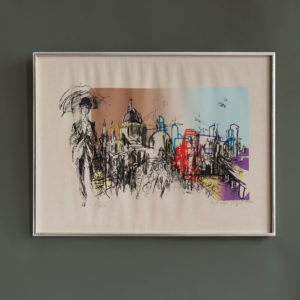
Feliks Topolski City
£250Feliks Topolski City
A framed Lithograph by the Anglo-Polish Expressionist artist Feliks Topolski RA showing view of the City of London seen from the South Bank of the Thames.£250 -
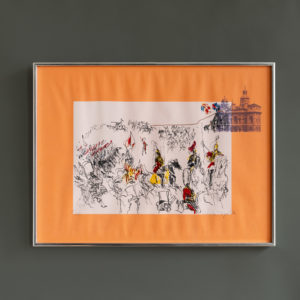
Feliks Topolski Trooping the Colour
£250Feliks Topolski Trooping the Colour
A framed Lithograph by the Anglo-Polish Expressionist artist Feliks Topolski RA showing the Trooping of the Colour at Horseguards Parade in London.£250 -
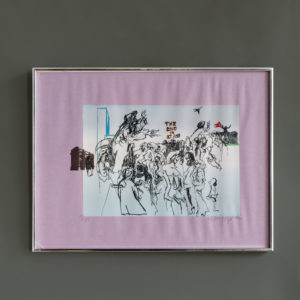
Feliks Topolski Speakers’ Corner
£250Feliks Topolski Speakers’ Corner
A framed Lithograph by the Anglo-Polish Expressionist artist Feliks Topolski RA showing a scene at Speakers Corner in London's Hyde Park.£250 -
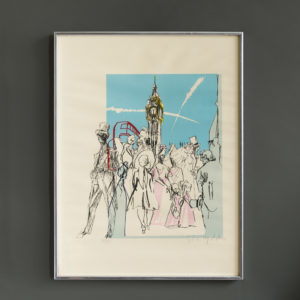
Feliks Topolski Westminster
£250Feliks Topolski Westminster
A framed Lithograph by the Anglo-Polish Expressionist artist Feliks Topolski RA showing a scene at Wesminster.£250 -
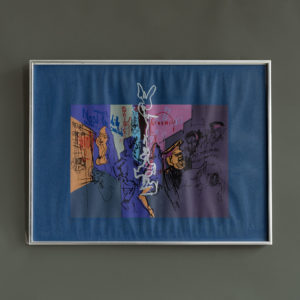
Feliks Topolski Piccadilly Circus
£250Feliks Topolski Piccadilly Circus
A framed Lithograph by the Anglo-Polish Expressionist artist Feliks Topolski RA showing a night scene at Picadilly Circus.£250 -
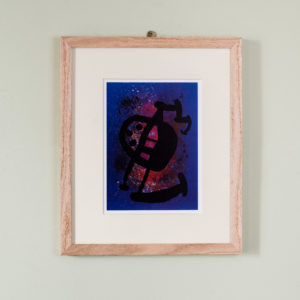
Joan Miró, lithographs
£180Joan Miró, lithographs
In 1967, printer Robert Dutrou introduced Joan Miró to a new printmaking technique: Silicon carbide engraving. More commonly known as carborundum, this technique became the artist’s final technical development in his graphic work.£180 -
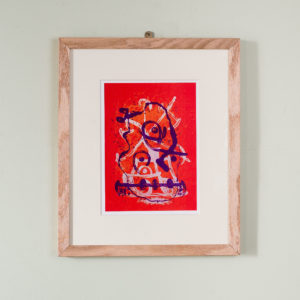
Joan Miró, lithographs
£180Joan Miró, lithographs
In 1967, printer Robert Dutrou introduced Joan Miró to a new printmaking technique: Silicon carbide engraving. More commonly known as carborundum, this technique became the artist’s final technical development in his graphic work.£180 -
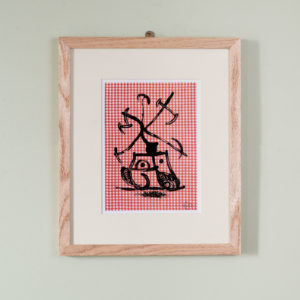
Joan Miró, lithographs
£180Joan Miró, lithographs
In 1967, printer Robert Dutrou introduced Joan Miró to a new printmaking technique: Silicon carbide engraving. More commonly known as carborundum, this technique became the artist’s final technical development in his graphic work.£180 -
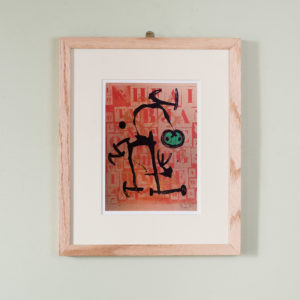
Joan Miró, lithographs
£180Joan Miró, lithographs
In 1967, printer Robert Dutrou introduced Joan Miró to a new printmaking technique: Silicon carbide engraving. More commonly known as carborundum, this technique became the artist’s final technical development in his graphic work.£180 -
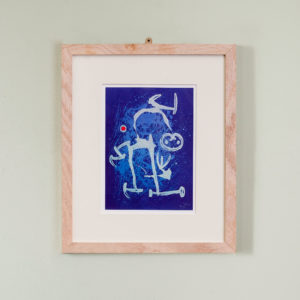
Joan Miró, lithographs
£180Joan Miró, lithographs
In 1967, printer Robert Dutrou introduced Joan Miró to a new printmaking technique: Silicon carbide engraving. More commonly known as carborundum, this technique became the artist’s final technical development in his graphic work.£180 -
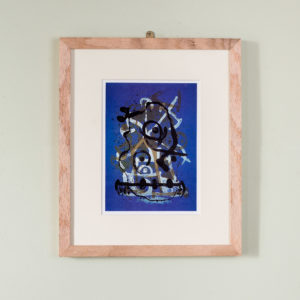
Joan Miró, lithographs
£180Joan Miró, lithographs
In 1967, printer Robert Dutrou introduced Joan Miró to a new printmaking technique: Silicon carbide engraving. More commonly known as carborundum, this technique became the artist’s final technical development in his graphic work.£180 -
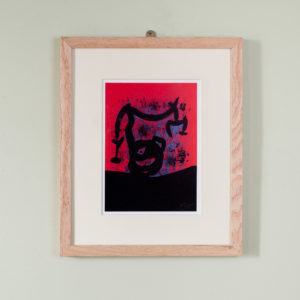
Joan Miró, lithographs
£180Joan Miró, lithographs
In 1967, printer Robert Dutrou introduced Joan Miró to a new printmaking technique: Silicon carbide engraving. More commonly known as carborundum, this technique became the artist’s final technical development in his graphic work.£180 -
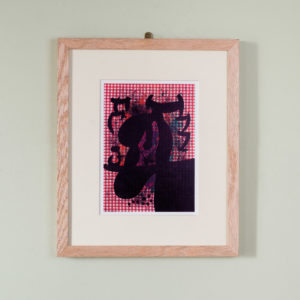
Joan Miró, lithographs
£180Joan Miró, lithographs
In 1967, printer Robert Dutrou introduced Joan Miró to a new printmaking technique: Silicon carbide engraving. More commonly known as carborundum, this technique became the artist’s final technical development in his graphic work.£180 -
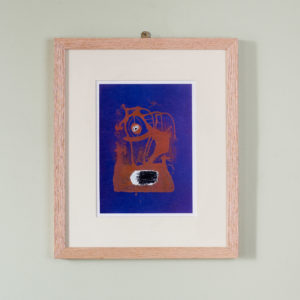
Joan Miró, lithographs
£180Joan Miró, lithographs
In 1967, printer Robert Dutrou introduced Joan Miró to a new printmaking technique: Silicon carbide engraving. More commonly known as carborundum, this technique became the artist’s final technical development in his graphic work.£180 -
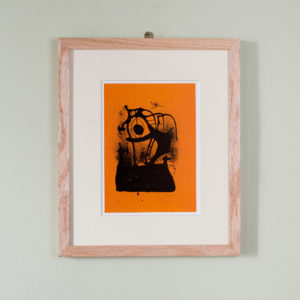
Joan Miró, lithographs
£180Joan Miró, lithographs
In 1967, printer Robert Dutrou introduced Joan Miró to a new printmaking technique: Silicon carbide engraving. More commonly known as carborundum, this technique became the artist’s final technical development in his graphic work.£180 -
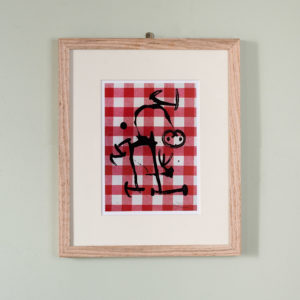
Joan Miró, lithographs
£180Joan Miró, lithographs
In 1967, printer Robert Dutrou introduced Joan Miró to a new printmaking technique: Silicon carbide engraving. More commonly known as carborundum, this technique became the artist’s final technical development in his graphic work.£180 -
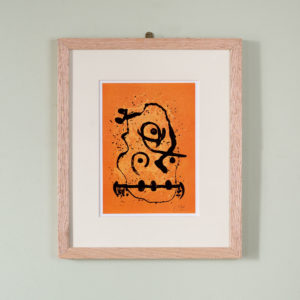
Joan Miró, lithographs
£180Joan Miró, lithographs
In 1967, printer Robert Dutrou introduced Joan Miró to a new printmaking technique: Silicon carbide engraving. More commonly known as carborundum, this technique became the artist’s final technical development in his graphic work.£180 -
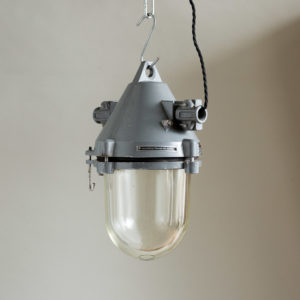
Number of industrial pendant lights from Elektrosvit,
£120 eachNumber of industrial pendant lights from Elektrosvit,
the heavy steel gallery features two access points for cabling, an in built hook hole for hanging and a heavy duty explosion proof glass shade. Some colour variation. Re-wired.£120 each
Featured Items
-
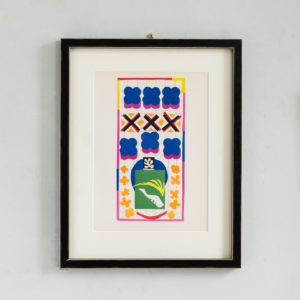
Henri Matisse, ‘The Last Works of Henri Matisse’
£900 eachHenri Matisse, ‘The Last Works of Henri Matisse’
From Verve Vol. IX No. 35/36 published by Tériade under the title 'The Last Works of Henri Matisse'£900 each -
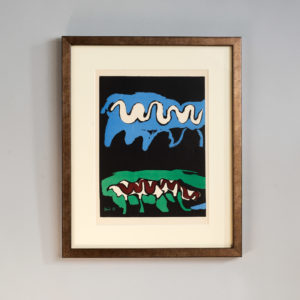
The Four Elements, Earth by Francisco Bores, Verve Vol. 1 / No. 1.
£600The Four Elements, Earth by Francisco Bores, Verve Vol. 1 / No. 1.
The Verve Review was a purposefully luxurious. It ran from 1937 to 1960, but with only 38 editions available, due to the high degree of design and editorial work dedicated to each issue. Each edition contained unique lithographic prints, commissioned by the editor, and each cover a double-page lithograph elaborated by one of the artists contained within. It was the brainchild of its editor Stratis Eleftheriades, a Greek National who moved to Paris in the early thirties to take part in the growing Modernist movement, writing under the name of Teriade.£600 -
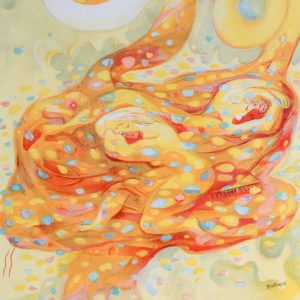
Autumn by Abraham Rattner, Verve Vol. 1 / No. 3.
£600Autumn by Abraham Rattner, Verve Vol. 1 / No. 3.
The Verve Review was a purposefully luxurious. It ran from 1937 to 1960, but with only 38 editions available, due to the high degree of design and editorial work dedicated to each issue. Each edition contained unique lithographic prints, commissioned by the editor, and each cover a double-page lithograph elaborated by one of the artists contained within. It was the brainchild of its editor Stratis Eleftheriades, a Greek National who moved to Paris in the early thirties to take part in the growing Modernist movement, writing under the name of Teriade.£600 -
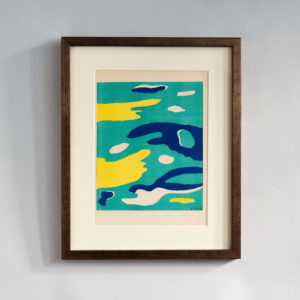
The Four Elements, Water by Fernand Leger, Verve Vol. 1 / No. 1.
£600The Four Elements, Water by Fernand Leger, Verve Vol. 1 / No. 1.
The Verve Review was a purposefully luxurious. It ran from 1937 to 1960, but with only 38 editions available, due to the high degree of design and editorial work dedicated to each issue. Each edition contained unique lithographic prints, commissioned by the editor, and each cover a double-page lithograph elaborated by one of the artists contained within. It was the brainchild of its editor Stratis Eleftheriades, a Greek National who moved to Paris in the early thirties to take part in the growing Modernist movement, writing under the name of Teriade.£600

